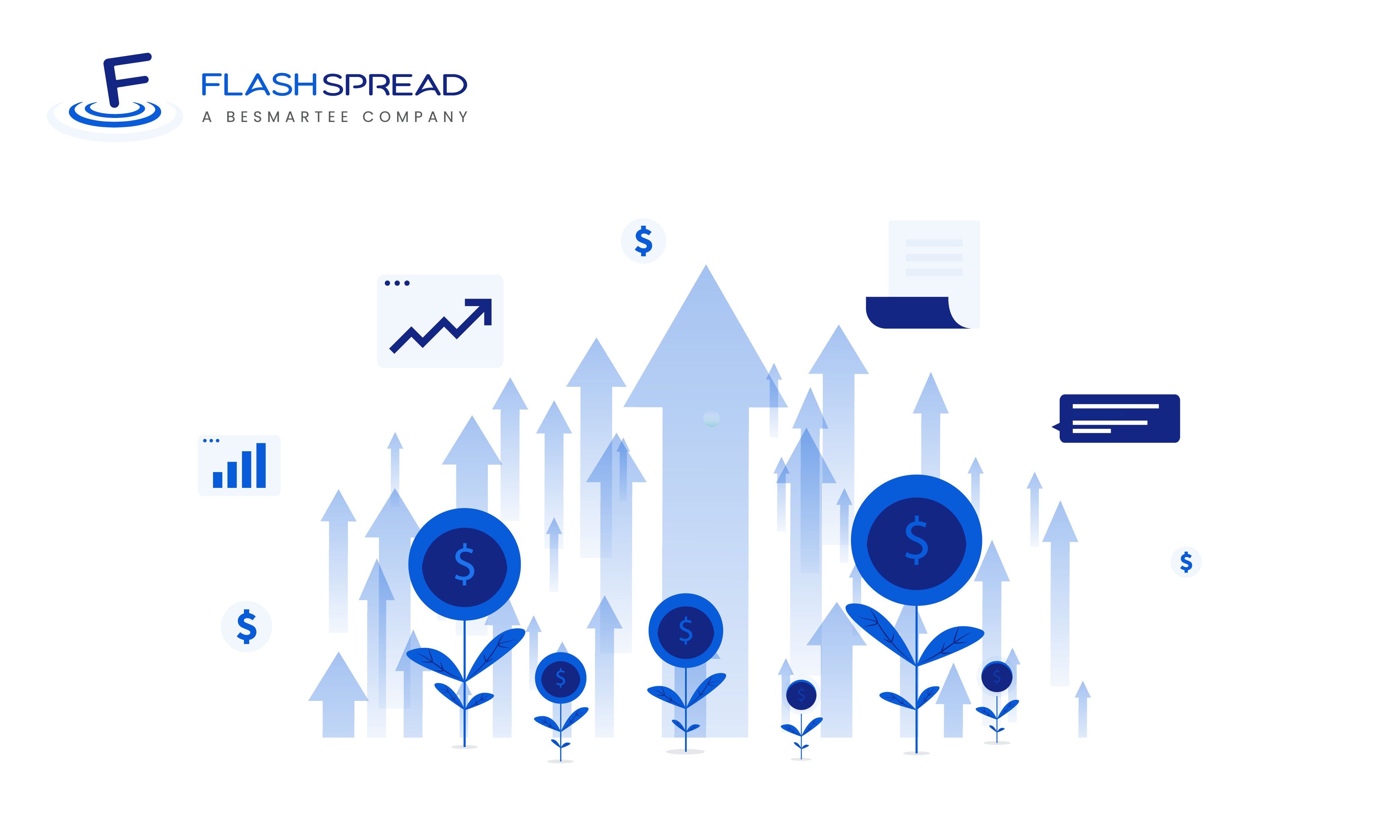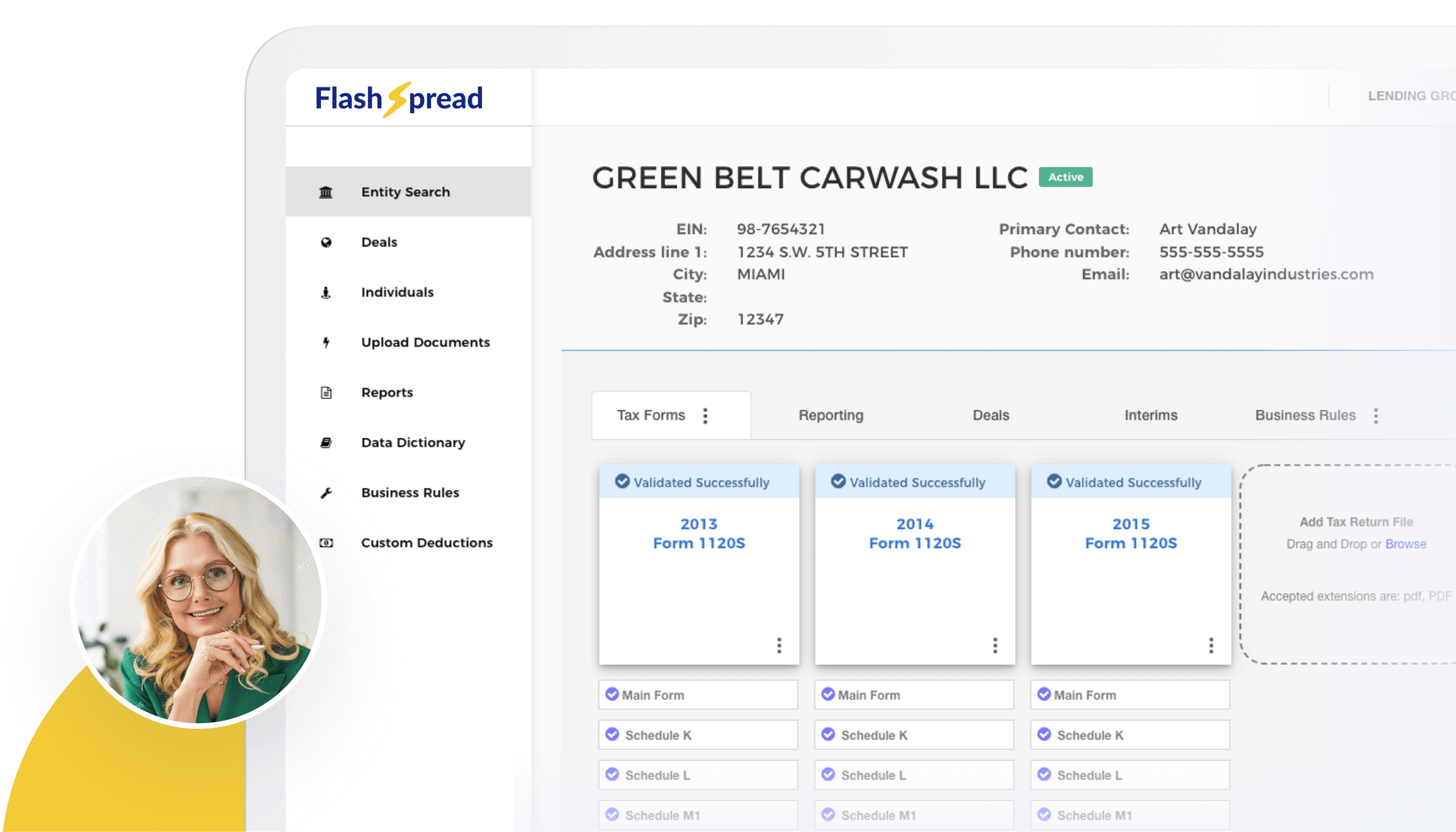In a year filled with economic challenges, including volatile interest rates, geopolitical conflicts like the war in Ukraine, and the upheaval within the banking sector, making strategic decisions and investing in the right technologies becomes paramount. When it comes to financial spreading, one critical question arises: How do you calculate your return on investment (ROI)?
Table of Contents
The Significance of Technology in the Financial Sector
In today’s business landscape, technology plays a pivotal role in driving success. According to a report by Gartner, global IT spending is projected to reach a staggering $4.5 trillion in 2021, marking an 8.4% increase compared to the previous year. This substantial growth encompasses various domains, including hardware, software, IT services, and telecommunication services. The figures highlight the ongoing investment and continuous evolution within the field of information technology.
Understanding Financial Spreading
Financial spreading automation has emerged as a transformative technology for financial institutions. It streamlines the process of converting scanned tax returns into comprehensive financial reports and analysis, reducing the reliance on manual labor. However, determining the ROI of implementing financial spreading software requires careful consideration and evaluation.
How Calculating Your ROI Can Benefit You
When selecting software for your organization, it’s crucial to consider how well it meets your requirements while also being mindful of your budget. Here are some steps to help you determine the investment needed for financial spreading software.
Identify Cost Savings: Start by assessing the cost savings that result from automating financial spreading processes. Consider factors such as labor costs, reduced resource usage (e.g., paper, printers), and minimized human errors. Quantify these savings to form the basis of your ROI calculation.
Measure Time Savings: Financial spreading automation can significantly reduce the time required for analysis and reporting. Calculate the time saved by comparing the manual process’s duration with the automated one. Multiply the time saved by the hourly rate of the individuals involved in spreading deals to determine the monetary value of time savings.
Evaluate Accuracy and Quality: Analyze the improvement in accuracy and quality of financial reports generated through automation. Consider factors like reduced errors, enhanced data consistency, and the ability to generate comprehensive analysis. The value of improved accuracy and quality should be factored into the ROI calculation.
Assess Scalability and Productivity: Determine the scalability and productivity gains achieved through financial spreading automation. Evaluate how the software allows your team to handle increased workloads efficiently and deliver results faster. Quantify the potential revenue growth resulting from improved productivity.
Consider Intangible Benefits: In addition to tangible factors, consider intangible benefits such as enhanced decision-making capabilities, improved customer satisfaction, and increased competitiveness. Although these may be harder to quantify, their impact should be acknowledged when evaluating the overall ROI.
Subscribe to BeSmartee 's Digital Mortgage Blog to receive:
- Mortgage Industry Insights
- Security & Compliance Updates
- Q&A's Featuring Mortgage & Technology Experts
Calculating Your Financial Spreading with FlashSpread Is Easy
One of the reasons why financial institutions and fintech companies choose FlashSpread is because it’s people both time and money.
Let’s explore some scenarios to grasp the time-saving benefits of financial spreading software in simpler terms:
Scenario 1: Suppose you typically process 10 deals per month, with an average of 5 tax returns per deal. If each deal takes approximately 30 minutes to manually complete the spreading process, implementing financial spreading software could potentially save you a total of 250 minutes or 4 hours each month.
Scenario 2: Now, let’s imagine you handle 30 deals per month, with an average of 8 tax returns per deal. If it takes you around 60 minutes to manually complete the spreading process for each deal, adopting financial spreading software could save you a total of 1,440 minutes or 24 hours per month.
By automating the time-consuming task of financial spreading, you can significantly reduce the amount of time and effort required, enabling you to focus on other critical aspects of your business and improve overall productivity.
Roundup
Calculating the ROI of financial spreading automation requires a comprehensive assessment of cost savings, time savings, accuracy and quality improvements, scalability, and intangible benefits. By leveraging this innovative technology, financial institutions can optimize operations, enhance efficiency, and make data-driven decisions. As the financial sector continues to evolve, understanding and measuring the ROI of financial spreading becomes crucial in making informed investment choices that drive long-term success.
How can FlashSpread help you in calculating your ROI? Book a call with us to learn more.




